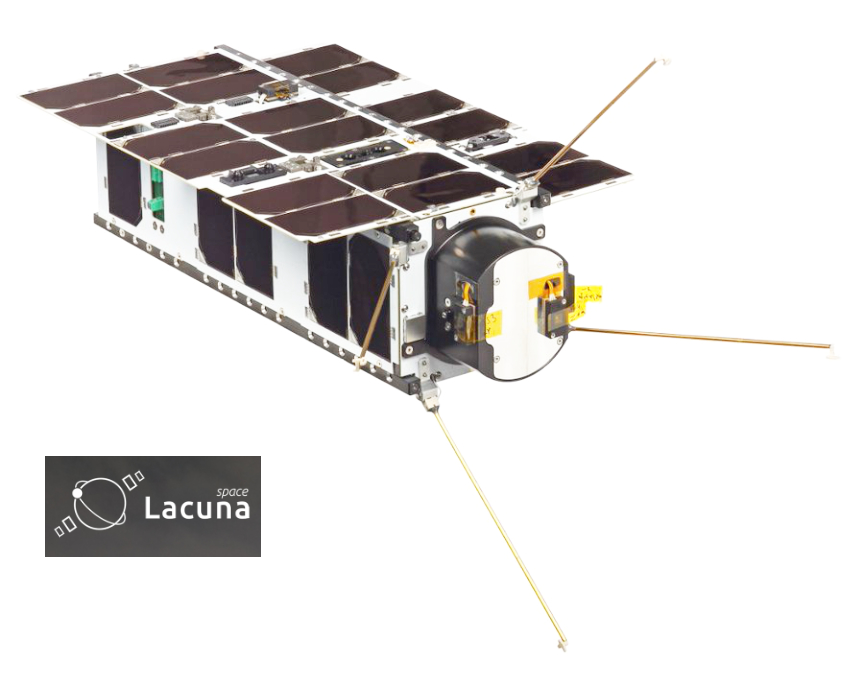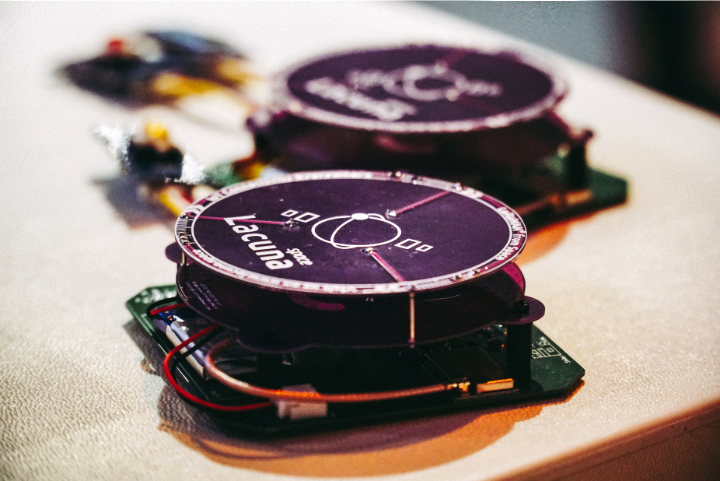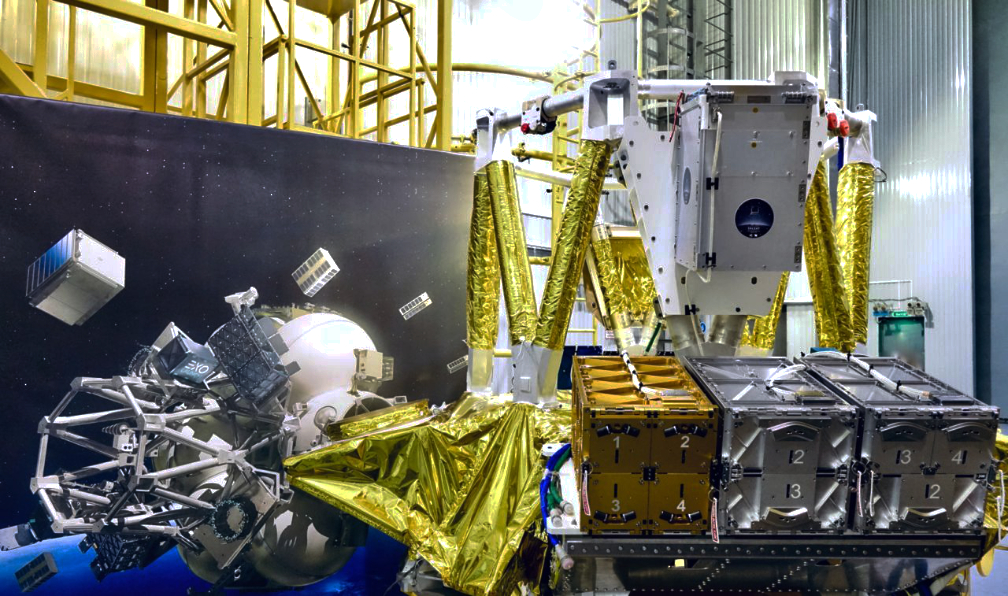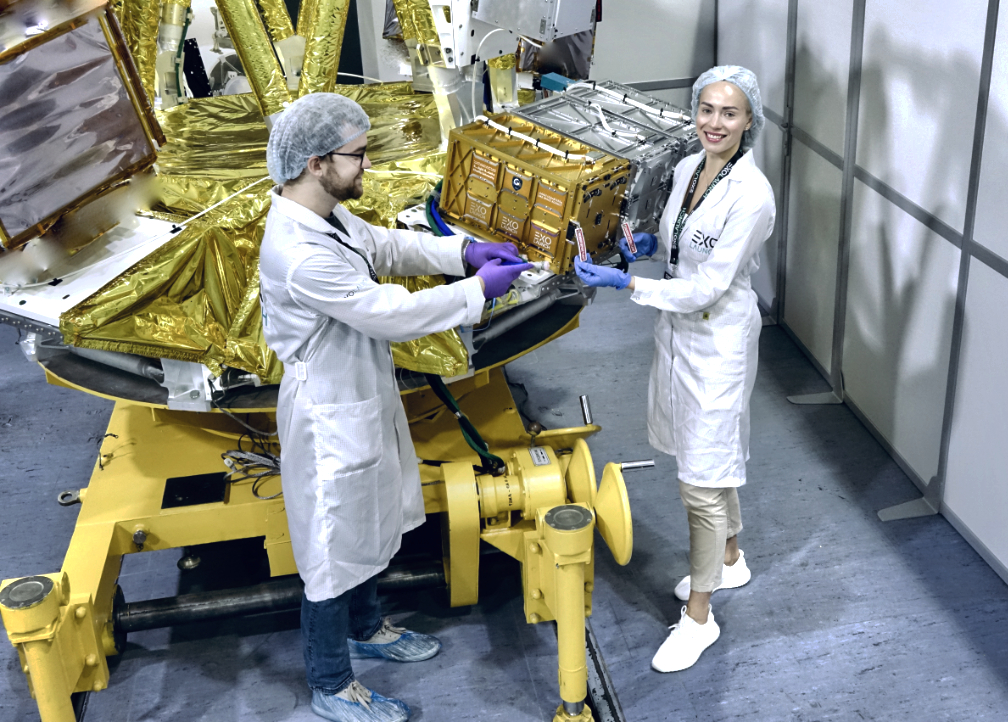
Lacuna Space has added their latest satellite to the firm’s demonstration constellation for the Internet-of-Things (IoT) — the company completed on-orbit tests on November 3 after the satellite was launched on the September 28 into LEO at about 500 km above Earth.

The satellite payload and mission is essentially a modified IoT Gateway in space, built by Lacuna Space. The IoT Gateway allows to connect ‘things,’ such as sensors, with the internet in remote areas where conventional connectivity is not commercially viable.

Lacuna Space recognizes that satellites can play an essential role in extending the connectivity of ‘things’ to remote areas where conventional connectivity is not commercially viable and power is a scarce resource. Using specially adapted Low-Power Wide Area Network protocols (LPWAN), Lacuna sensors are smaller than the palm of a hand, and can connect over satellite for several years off a single battery charge.

Lacuna Space started to lead the way when developing its concept during its period in the ESA Business Incubation Centre at Harwell in the UK, followed by developing low-cost satellites to demonstrate its capability and viability, with support from the European Space Agency and the UK Space Agency.
The satellite platform and initial operations have been supplied by smallsat integrator NanoAvionics and the antenna by Oxford Space Systems, also located in Harwell.
Executive Comments
According to Lacuna Space CEO, Rob Spurrett, this satellite will greatly boost the Lacuna network capacity and extend customer trials to additional market segments. Examples for applications include predictive maintenance and tracking of heavy machinery in remote areas. Automating the dispatch of replacement parts, scheduling resources where needed and minimizing down time. He said, “We now have various demonstrations for using our services from wildlife management in remote areas of New Zealand and national parks in Kenya, to managing the environmental impact of construction sites in the UK. It is great to announce another successfully commissioned satellite on our path to the full constellation. Our plans have been somewhat delayed by the COVID-19 pandemic but despite the challenging times, we were able to proceed and this latest mission entered the network in under 10 months from Lacuna Space placing the satellite order. Now, as the launch back-log is flowing again, we are expecting several additions to the demonstration network in the near future.”
Carlo Elia, head of the telecommunications technologies, products and systems department at ESA, said, “ESA is proud to help European companies to develop innovative satellites, technologies and services for the global commercial market, particularly in the NewSpace domain. The ESA telecommunications directorate has supported Lacuna Space since it started in the ESA business incubator centre in Harwell, during which time Lacuna Space has demonstrated the capability of small cubesats to support internet-of-things services. It is great to see the company going from strength to strength with this latest launch and start of operations.”
Catherine Mealing-Jones, Director of growth at the UK Space Agency, said, “Space is a fundamental part of our everyday lives. The UK space sector is leading the way in putting pioneering technologies – from satellite communications to 5G – at the heart of the essential products and services we all rely on. This exciting venture is yet another example of the success stories that have been made possible by the support mechanisms that exist around the cluster of excellence at Harwell – bringing together companies that can work together to unleash the potential of the UK space sector.”
